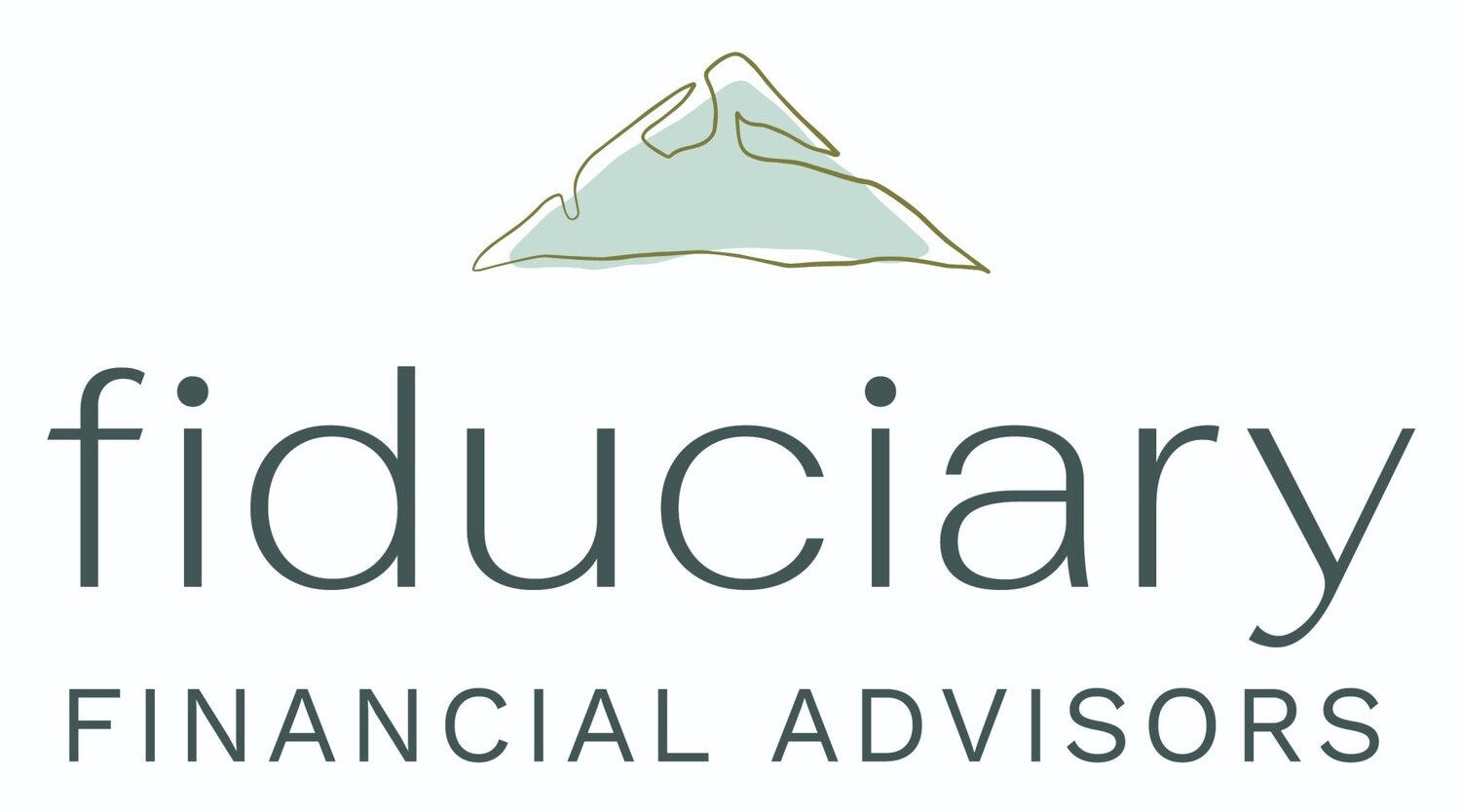End-of-Year Financial Checklist: 7 Steps for a Solid Financial Plan
/To enhance your financial situation, consider doing an end-of-year financial review. This doesn’t need to be a complex or time-consuming process, but it can set you up for success in the next year. Here are 7 steps to help guide you through your end-of-year review, and gain confidence in your financial plan.
1. Review Your Budget and Spending
Begin by assessing your spending habits. If you don’t currently use a budget, I would look at your expenses and make your best guess at creating one for the coming year. If you’re already dedicated to your budget, this is the time to figure out what worked well, and what needs to be changed. Think about these questions as you forecast for the next year.
Is my income going to remain the same?
Do I need to be more strict in one area, or loosen up in another?
What large expenses am I anticipating in the coming year that I can plan for?
Am I saving and investing enough of my income?
Remember that your budget should be a fluid tool to ensure you know where your money is going.
2. Prepare for Tax Time
Much of your tax planning will have to wait until next year, but it can be helpful to get a few items in order before tax season. You can collect business expenses, charitable giving receipts, childcare expenses, and other tax-deductible items.
The final piece of preparation for tax season would be to decide how you plan to prepare your taxes. You might do it yourself or prefer to hire it out. There is no wrong way to go about it, but now is the time to reach out and find a good CPA that you can work with to optimize your tax situation.
3. Max out your Contributions
The end of the year is the ideal time to review the contributions you have made to your retirement accounts. While doing this it’s important to know the maximum limits you can contribute to each account. When dealing with retirement accounts, we are typically talking about an employer-sponsored plan such as a 401k, 403b, and 457; or a brokerage account such as a traditional or Roth IRA. The employer plan limits for the year 2023 are $22,500 for employee contributions. It is important to note that this does not include the employer match. On top of this, if you are 50 years or older, you qualify for what is called a “catch-up” contribution that allows you to contribute another $7,500, bringing your total to $30,000 max for the year. The IRA options max out at $6,500, with a $1,000 catch-up contribution if you are 50 and older. Even if you can’t max out these contributions, adding to a Roth IRA can still benefit your financial future.
4. Review Investments
If you work with a financial advisor, now is the time to reach out and see if you can sit down with them for a year-end review meeting.
If you are a DIY investor this is still a great time to reconfirm your approach, assess performance, and rebalance your portfolio. It may be time to consider working with an advisor, if so, opt to find a fiduciary advisor who has your best interest in mind.
5. Consider a Roth Conversion
Roth conversions are done by transferring pre-tax dollars into a Roth account which will then grow tax-free. This approach can be great for someone nearing retirement who has a large amount of their wealth in pre-tax accounts. It can also be beneficial for young professionals with plenty of time for the investment to grow. This does not make sense for everyone, so consult a financial professional to weigh the pros and cons of this option.
6. Open Enrollment
Open enrollment occurs at different times of the year and is dictated by your employer. It is most commonly presented around early November and allows you to review or change your employee benefits options.
This is a good time to ensure you’re getting the best value on your insurance plans. You may even find that you qualify for additional plans such as term life insurance or disability coverage at little to no cost to you and your spouse.
7. Confirm Beneficiaries
While this is not something that changes often, it is necessary to make sure that they are up to date. Here are some accounts that should have a beneficiary associated with them.
Retirement accounts (401k, 403b, 457, and IRAs)
Investment Accounts
Bank Accounts
Life Insurance Policies
Having beneficiaries properly assigned can help you have peace of mind that your loved ones will be taken care of.
Walking through this checklist can give you a clear picture of your current financial situation, and set you up for success in the coming year.
Fiduciary Financial Advisors, LLC is a registered investment adviser and does not give legal or tax advice. Information presented is for educational purposes only and does not intend to make an offer or solicitation for the sale or purchase of any securities. The information contained herein has been obtained from a third party source which is believed to be reliable but is subject to correction for error. Investments involve risk and are not guaranteed. Past performance is not a guarantee or representation of future results.







